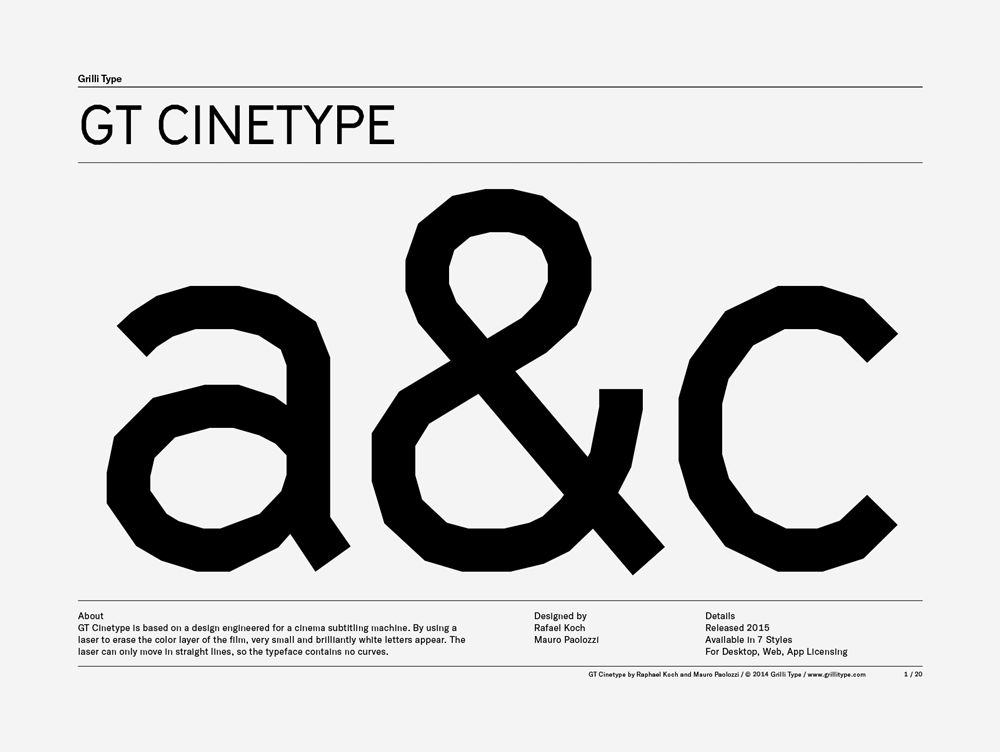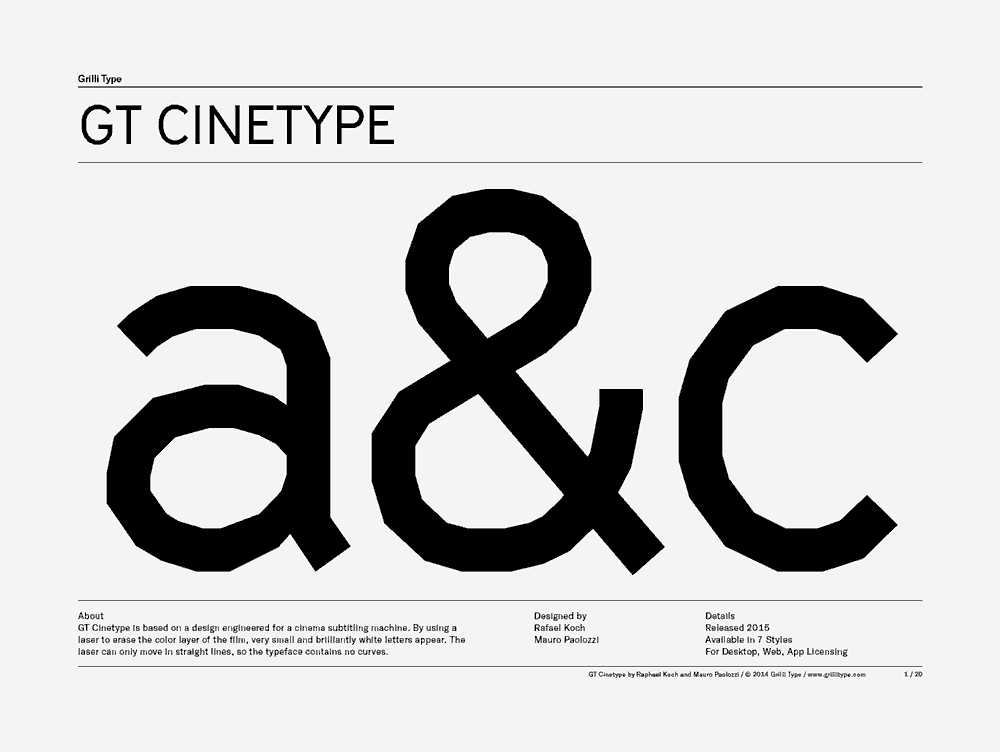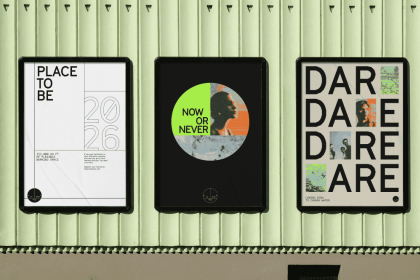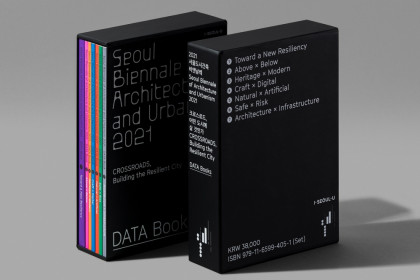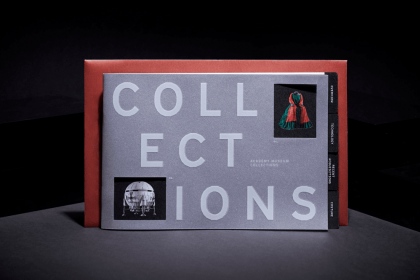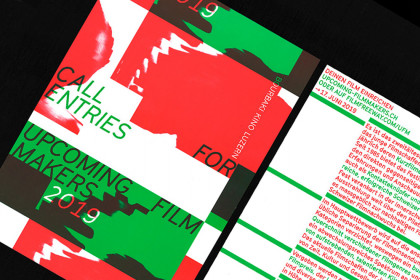GT Cinetype
Family overview
- Light Italic
- Regular Italic
- Bold Italic
- Mono
- LightDas Leben der Anderen 2006 by Florian Henckel von Donnersmarck with Ulrich Mühe, Martina Gedeck, Sebastian Koch
- Light ItalicDonnie Darko 2001 by Richard Kelly with Jake Gyllenhaal, Jena Malone, Mary McDonnell
- RegularStar Wars 1997 by George Lucas with Mark Hamill, Harrison Ford, Carrie Fisher
- Regular ItalicDawn of the Dead 1978 by George A. Romero with David Emge, Ken Foree, Scott H. Reiniger
- BoldThe Big Lebowski 1998 by Joel Coen & Ethan Coen with Jeff Bridges, John Goodman, Julianne Moore
- Bold ItalicWrath of Khan 1982 by Nicholas Meyer with William Shatner, Leonard Nimoy, DeForest Kelley
- MonoDas Boot 1981 by Wolfgang Petersen with Jürgen Prochnow, Herbert Grönemeyer, Klaus Wennemann
- Settings
Typeface information
GT Cinetype is based on a design engineered for a cinema subtitling machine. By using a laser to erase the color layer of the film, very small and brilliantly white letters appear. The laser can only move in straight lines, so the typeface contains no curves.
Typeface features
OpenType features enable smart typography. You can use these features in most Desktop applications, on the web, and in your mobile apps. Each typeface contains different features. Below are the most important features included in GT Cinetype’s fonts:
- CASE
- Case sensitive forms
(ROBOCOP)
- ONUM
- Oldstyle figures
10.03.1985
Typeface Minisite
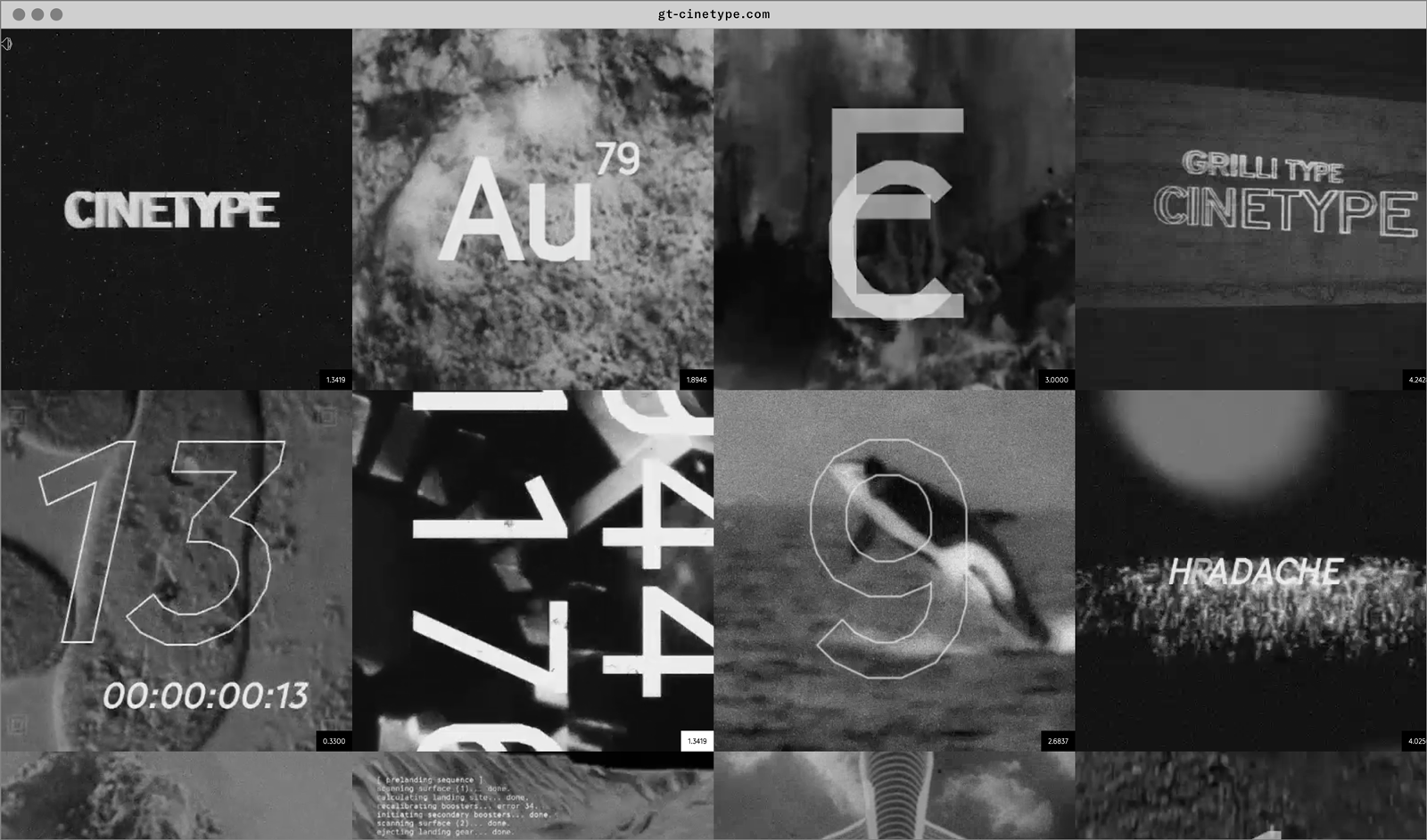
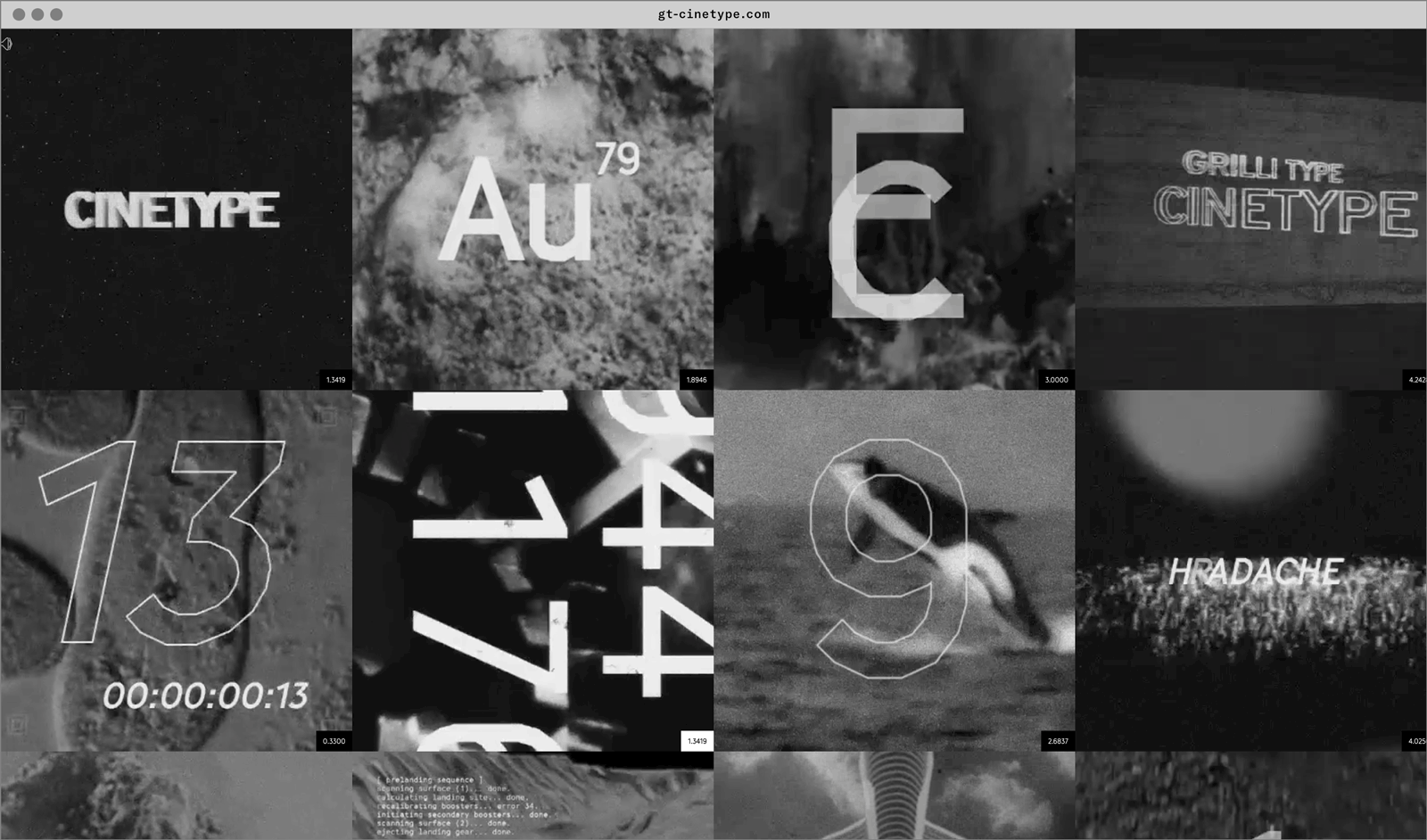
- Visit the GT Cinetype minisite to discover more about the typeface family’s history and design concept.
GT Cinetype in use
